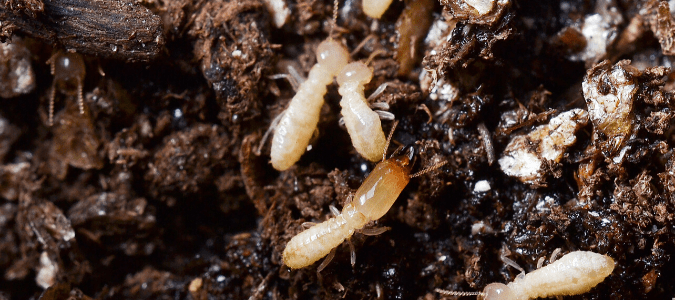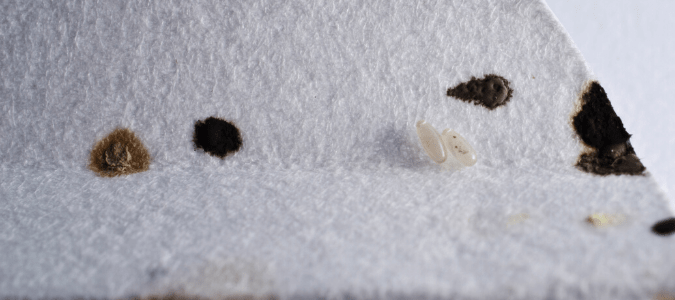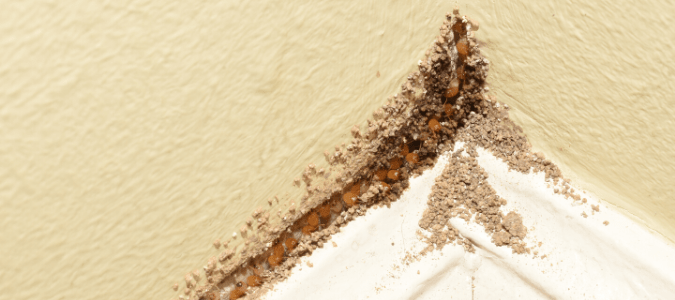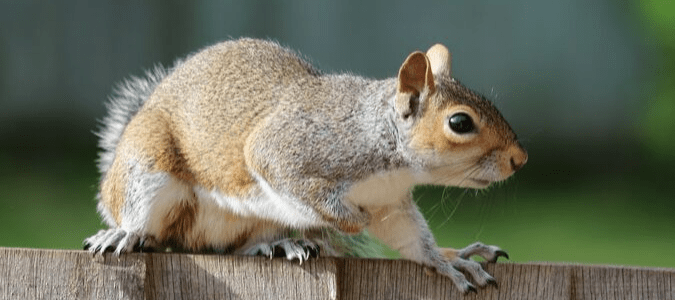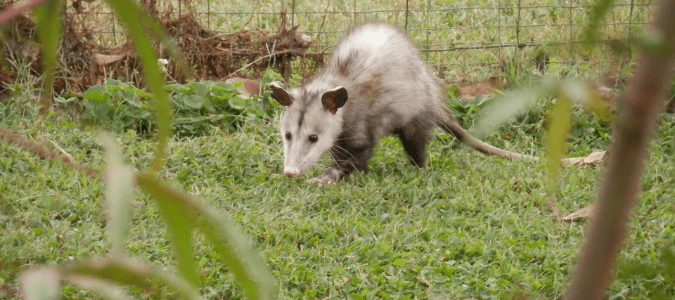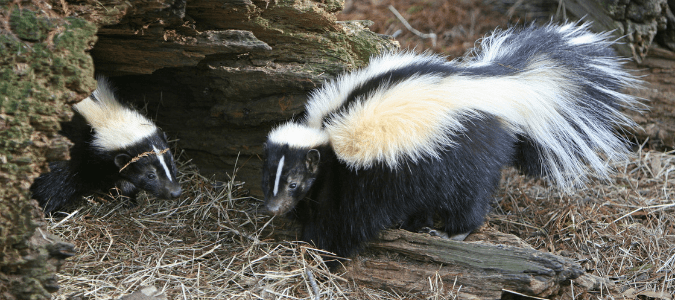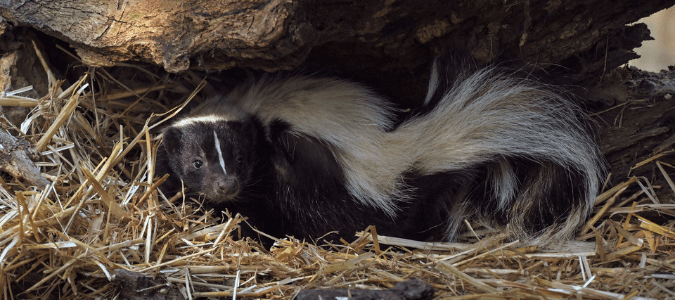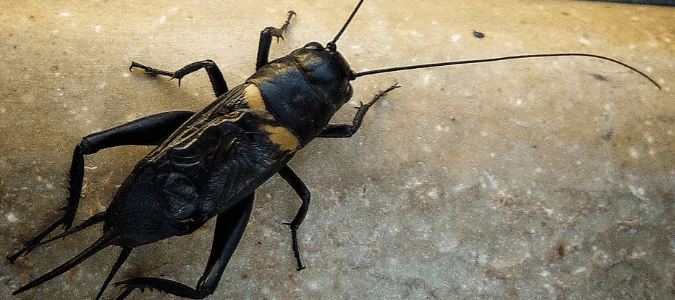Carpenter Ant Damage Vs. Termite Damage: Identification Tips

If you find damaged wood in or around your home, you might wonder whether carpenter ants or termites are to blame. Quite honestly, it can be difficult to tell if you have termites or carpenter ants without extensive pest control knowledge. While termites are responsible for $5 billion in property damage each year in the United States alone, most of this impact is linked to the subterranean varieties, which can be difficult to detect, since these species live most of their lives underground. and primarily eat away at our home’s foundation and other hard-to-access areas. Drywood termites are more likely to be spotted above ground, in similar environments as carpenter ants. One way to tell the difference between carpenter ant damage and drywood termite damage is by looking at how clean the damaged wood and surrounding area is. Generally speaking, carpenter ants tend to be pretty meticulous. Any wood that … Read Full Post »
